Thursday, March 27, 2025
Mass Timber University Education: Presentation & Networking Lunch
Portland Ballrooms (Level 2, South Side)Join us for the IMTC’s new session on mass timber in higher education, featuring an overview of the changing landscape of timber education in North America, and a closer look at leading programs in Arkansas, Oregon, and Michigan. Presenters will discuss a range of topics pertinent to programs of all sizes, including key resources, strategies for growing new programs, interdisciplinary approaches, research, and funding opportunities. The session will be followed by a networking lunch, also in the Ballroom.
We welcome educators, administrators, students, and industry partners from across the disciplines of architecture, engineering, construction, development, forestry, and beyond — anyone looking to support and advance this growing field.
Moderator:

State of Timber: The Changing Landscape of Timber Education in North America
This presentation will provide a data-driven contextualization of the current state of timber education across higher education institutions in North America with a specific focus on the fields of architecture, construction, and engineering. Since 2021, the Softwood Lumber Board — as representative of the US timber industry — has coordinated across academic institutions and organizations in North America to support the development of wide ranging wood-focused education curricula.
Ongoing initiatives include:
- Timber Faculty Development Workshops’ for architects, engineers, and construction professionals.
- The sponsoring and oversight of highly-respected timber-education award programs through the ACSA, CTBUH, and Joint Center for Housing Studies at Harvard University, among others.
- The development of the Wood Institute with over 170 continuing education courses, and other avenues of impact.
Through the SLB’s comprehensive, proprietary data on timber education gathered from such initiatives, the presenter — Chair of the SLB’s Education Advisory Panel — will deliver a compelling elucidation of the status of timber education in North America, its evolution, and what external factors and next steps should be considered by educators, administrators, and industry leaders moving forward. The SLB’s comprehensive view and data-based understanding of timber higher education is unparalleled in North America.

Mass Timber University Education in Arkansas
At the University of Arkansas and from within the Fay Jones School of Architecture and Design, the Anthony Timberlands Center for Design and Materials Innovation will frame Mass Timber educational programs and outreach initiatives for the school, the state and the larger southeast region. Scheduled to open in August 2025, to the designs of 2020 Pritzker Prize recipients Grafton Architects, the $43,000,000 ATC will catalyze the School’s initiatives in undergraduate and graduate design education, wood products and construction technologies research and development, and economic development partnerships across the state with university, industry, and government allies, in the cases of affordable housing, new wood product manufacturing and advanced manufacturing technologies.
Already ahead of the ATC official opening, the School is co-leading the Arkansas Mass Timber Collaborative and advancing the Arkansas Wood Products Innovation Cooperative, both outgrowths of nearly a decade of educational emphasis in mass Timber and wood products.
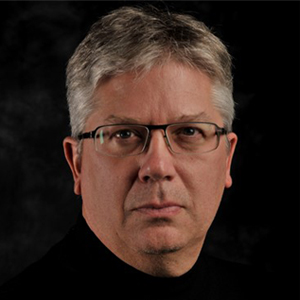
Peter MacKeith
Fay Jones School of Architecture and Design, University of Arkansas
Mass Timber University Education in Oregon
The TallWood Design Institute (TDI) is a collaboration between the University of Oregon’s (UO) College of Design and Oregon State University’s (OSU) Colleges of Forestry and Engineering focused on advancing engineered timber products. TDI supports interdisciplinary work in this field, both in research and education.
While working towards a joint UO-OSU MS and PhD program in Mass Timber Design, UO initiated a Mass Timber Design focus area in the MS in Architecture program in 2021, with courses and faculty committees from both universities.
Advancing mass timber in practice requires close collaboration between design disciplines, and with construction professionals and manufacturers, so there is an argument to be made that educational programs that prepare students for practice in this field should model collaborative and interdisciplinary practice.
The university programs in architecture, engineering and wood science have significantly different curricula and traditions, but cooperation and flexibility can lead to new productive paths forward.
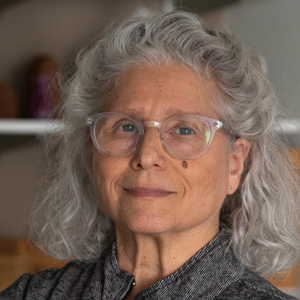
Competency-Based Models for Mass Timber Education for Students and Faculty in AEC-Related Programs
An evolving and complex set of technical issues related to North American mass timber adoption have been resolved over the past 10 years; however, a lack of focused workforce education and training continues to be stated as a barrier to greater adoption of mass timber.
Michigan State University is working to address this gap via four key projects:
- Development of national model postsecondary AEC curricula supported by the National Science Foundation;
- Development of a new course titled Mass Timber Construction: Products, Process, and Performance which combines online delivery with a three-day field study of mass timber projects;
- A faculty professional development workshop, supported by the Softwood Lumber Board and the U.S. Endowment for Forestry and Communities, designed to help faculty build capacity to teach mass timber topics via technical resources, industry connections, site visits, and hands-on opportunities using the Rothoblaas schoolhouse mockup; and
- Development of a study abroad program focused on mass timber innovation, following the full value chain from forest to building. These elements combine to motivate, inspire, and build increased capacity for an educated mass timber design and construction workforce and provides the tools to encourage faculty to include these topics in their classes.

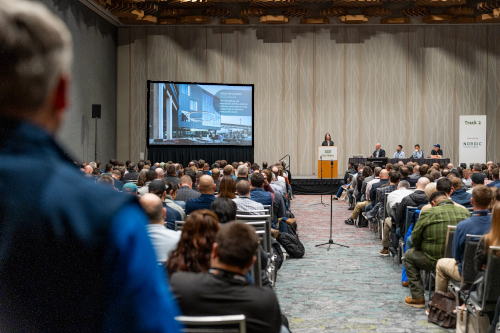 View the Agenda
View the Agenda
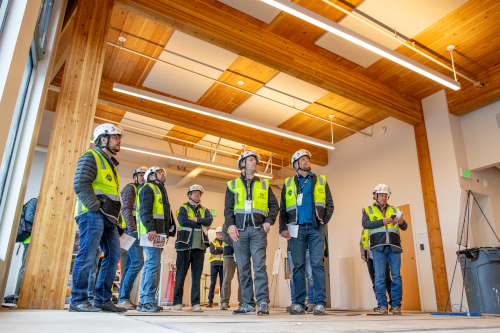 Book a Building Tour
Book a Building Tour
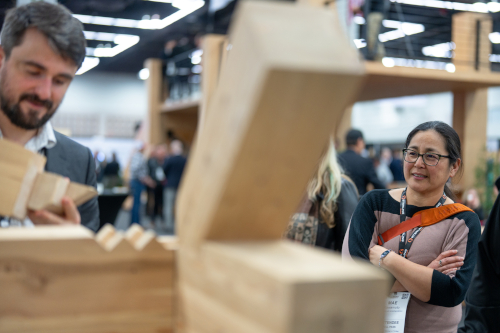 Book Your Exhibit Space
Book Your Exhibit Space
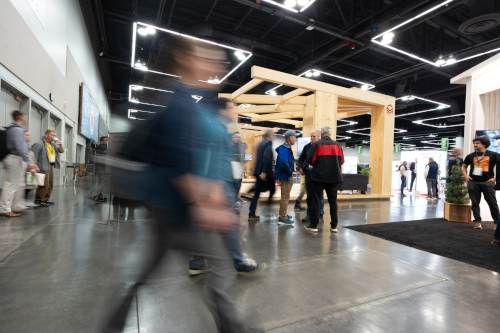 Explore the Exhibit Hall
Explore the Exhibit Hall
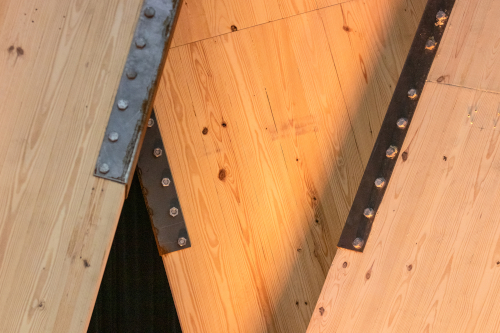 Become a Sponsor
Become a Sponsor
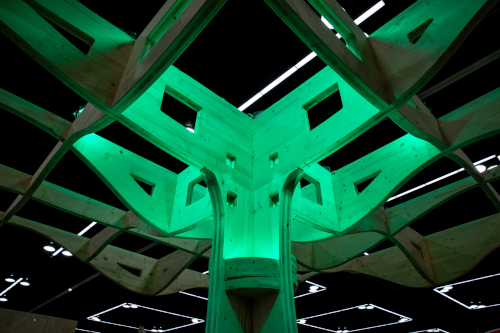 View Sponsors & Partners
View Sponsors & Partners
 Reserve Hotel Rooms
Reserve Hotel Rooms
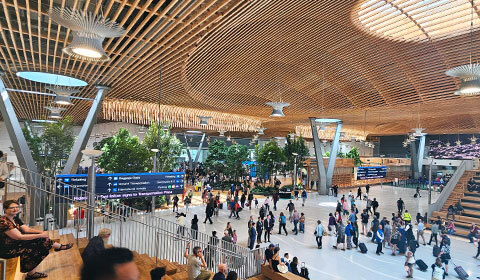 Discounted Plane Tickets
Discounted Plane Tickets
 Read Case Studies
Read Case Studies
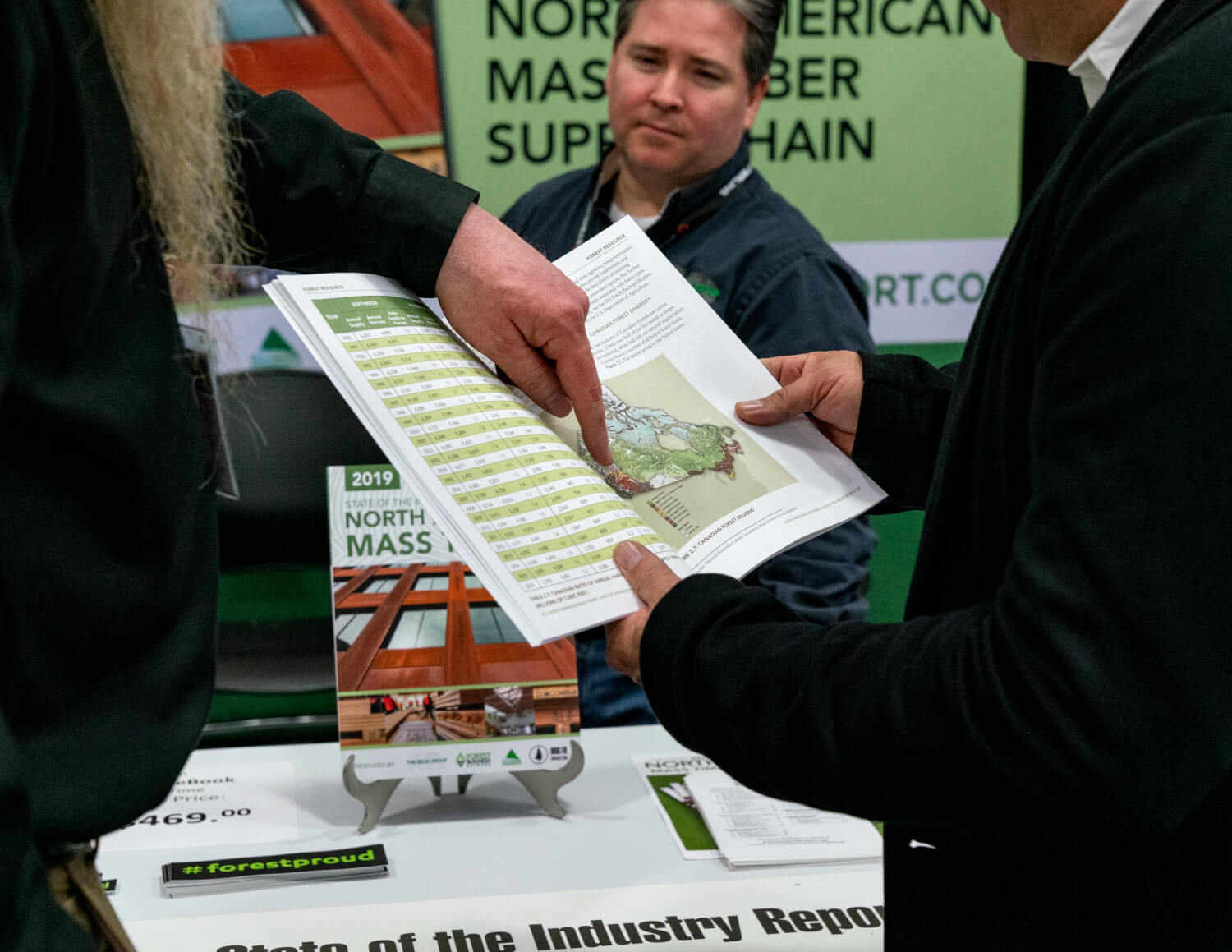 Purchase Past Reports
Purchase Past Reports
